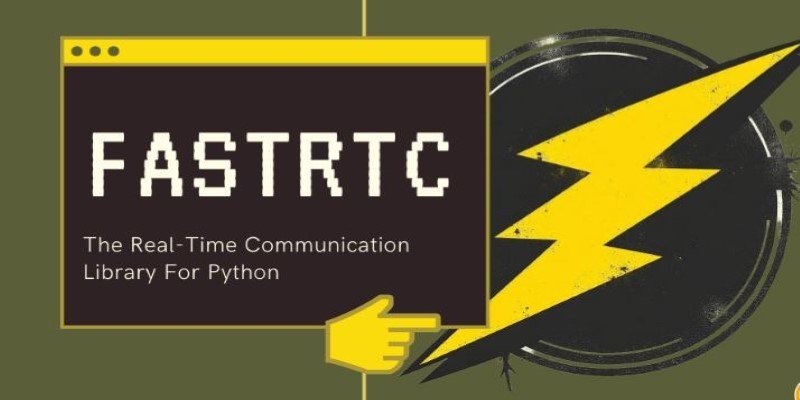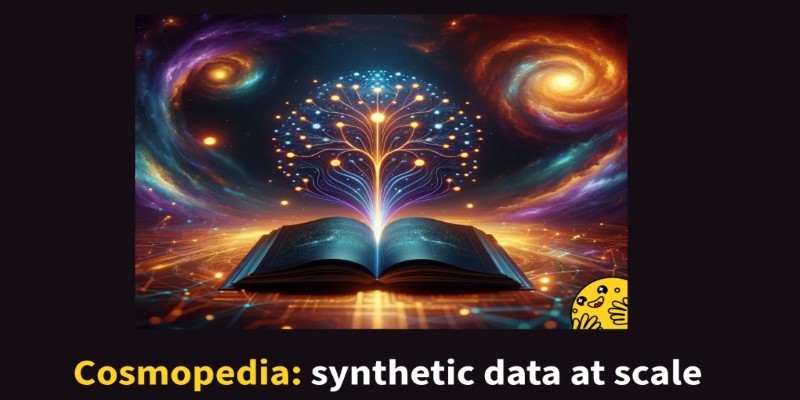Advertisement
Language and vision don't exist in isolation. When people look at and describe an image, they naturally connect visual understanding with how they speak, often switching between languages without much thought. For machines, that's still a hard trick to pull off. Building models that work well across visual and linguistic boundaries—especially in multiple languages—has been a recurring challenge.
This is where SigLIP 2 makes a solid entrance. It doesn't just aim for accuracy; it improves how we train these models, making them more accessible for multilingual tasks. At its core, it's a step toward building smarter systems that learn from images and words in a more grounded, less resource-heavy way.
SigLIP 2 isn’t built from scratch. It builds on its predecessor, SigLIP, which has already moved away from the typical contrastive loss setup used in most vision-language encoders. Traditionally, models like CLIP rely on aligning image and text pairs using cosine similarity. SigLIP took a different approach, simplifying this training using sigmoid-based loss functions, which became more stable, particularly when training at scale.
With SigLIP 2, things improve further. Instead of focusing only on training stability or batch sizes, this model handles multilingual tasks more naturally. This means the model doesn't collapse under the weight of handling multiple languages or needs a separate encoder for each one. It uses a shared vision encoder and multilingual text encoder that talk to each other more fluidly. The results show that you can perform well in cross-lingual retrieval, captioning, and zero-shot classification without burning through huge training budgets.
Another point in its favor: SigLIP 2 is trained using more diverse data, including a better mix of global content. This improves its ability to handle languages other than English, Chinese, or Spanish. It's not perfect, but it is less biased toward high-resource languages than other models.
One thing that makes SigLIP 2 practical for real-world use is that it doesn’t need massive computation to get good results. That's a significant break from the current trend in large-scale AI, where training often relies on enormous clusters and energy-hungry infrastructure. SigLIP 2 does more with less by improving how it selects and processes its training pairs.

It uses hard negative mining to build more meaningful contrasts between what the model should and shouldn’t associate. For example, instead of simply showing the model a dog with the label "dog" and a random cat image with the label "dog" as a negative sample, it introduces smarter mismatches that challenge the model to reason better. This makes the training signal richer without needing more data.
Another smart move: multilingual caption augmentation. It reuses the same image with captions in different languages and properly trains the model to align these variations. This approach makes SigLIP 2 a more balanced multilingual vision-language encoder, helping it learn consistent representations across languages, even when the expressions are slightly different.
All of this contributes to better generalization. Whether the task is image retrieval in Arabic or zero-shot object recognition in Hindi, SigLIP 2 handles it with minimal drop-off in accuracy. That matters, especially for developers in regions where English isn't the default.
SigLIP 2 isn't just a research toy built to solve practical problems. One of its strengths is cross-lingual image retrieval, where users in different language settings search for the same visual content using their native language. For instance, a French user could type “chien courant dans un champ” and retrieve the same image as someone searching "dog running in a field" in English. This has strong implications for building global search systems, education platforms, and regional content moderation tools.
It also shines in zero-shot learning tasks, where the model has to classify or tag images without being directly trained on the target categories. Since the encoder works well with multiple languages, it can process natural queries from users worldwide without needing translation middleware or fine-tuned local models.
Another area where SigLIP 2 performs well is image captioning. Whether generating descriptions for accessibility purposes or annotating large datasets, the model's language flexibility and visual grounding make it suitable for multilingual environments. Teams working on datasets in underrepresented languages now have a more reliable base model to build on without starting from zero or needing multiple pipelines.
Lastly, using open weights and transparent evaluation helps developers and researchers inspect and fine-tune SigLIP 2 for specific goals. This supports localized applications and research in less dominant languages, which earlier models often left behind.
SigLIP 2 doesn't try to be the biggest or most flashy vision-language model. It's built around doing things better, not just bigger. Focusing on multilingual alignment, smarter training routines, and practical performance gives it an edge in a field that often prioritizes scale over utility. It invites developers to work with a model that respects linguistic diversity without punishing them with heavy computing demands.

As vision-language models become more integrated into daily tools—search, recommendation, translation, and accessibility features—having something like SigLIP 2 in the stack makes those systems more responsive to global users. It may not solve everything, but it’s a thoughtful improvement in a space that often overlooks non-English use cases.
SigLIP 2 shows that better doesn't always mean bigger. Refining how models connect images and language—especially across different languages—brings much-needed balance to the vision-language landscape. It offers strong performance, less training friction, and more inclusive outcomes, particularly for developers outside major language zones. As a multilingual vision-language encoder, SigLIP 2 provides a grounded, efficient, and practical option for building smarter, language-aware systems. Its success comes not from chasing size but from solving real multilingual problems with a more thoughtful approach to model design and training.
Advertisement

Intel and Nvidia’s latest SoCs boost AI workstation performance with faster processing, energy efficiency, and improved support

Learn about constructors in Python, their types, and rules. Discover how constructors in Python help initialize objects and simplify class design for cleaner code

How to manage user input in Python programming effectively with ten practical methods, including input validation, error handling, and user-friendly prompts

From how ChatGPT writes our podcast to how ransomware decryption works, and why the mobile phone turning 50 matters—this article explains the links between AI, security, and communication

Learn how business leaders can measure generative AI ROI to ensure smart investments and real business growth.

Explore FastRTC Python, a lightweight yet powerful library that simplifies real-time communication with Python for audio, video, and data transmission in peer-to-peer apps

How to print without newline in Python using nine practical methods. This guide shows how to keep output on the same line with simple, clear code examples

Use ChatGPT from the Ubuntu terminal with ShellGPT for seamless AI interaction in your command-line workflow. Learn how to install, configure, and use it effectively

Explore the latest Twitter scam tactics, Meta Verified’s paid features, and how ChatGPT-4 is reshaping how we use AI tools in everyday life

What is HuggingChat and how does it differ from ChatGPT? Discover how this open-source AI chatbot offers a transparent, customizable experience for developers and researchers

Discover how Cosmopedia is changing AI training by producing structured, large-scale synthetic content. Learn how synthetic data helps build efficient, adaptable language models

SigLIP 2 is a refined multilingual vision-language encoder that improves image-text understanding across languages with greater training efficiency and real-world performance